Red Admiral Butterfly
- March 1, 2024
- 0 comment
The Red Admiral Butterfly, scientifically known as Vanessa atalanta, is a captivating species cherished by nature enthusiasts worldwide. Its name is derived from the vibrant red-orange bands that adorn its dark wings, making it easily recognizable in flight. This butterfly boasts a moderate size, with a wingspan typically ranging from 45 to 50 millimeters. Found across North America, Europe, Asia, and parts of Africa, the Red Admiral thrives in various habitats, including open woodlands, parks, gardens, and meadows. Its life cycle comprises four stages: egg, larva, pupa, and adult, with each stage contributing to its remarkable journey.
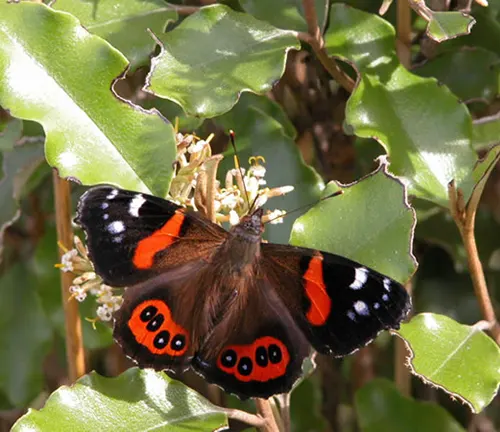
As opportunistic feeders, Red Admirals have a diverse diet, including nectar from flowering plants, rotting fruit, and sap. Despite facing threats from predators and environmental factors, these butterflies exhibit remarkable resilience. Beyond their aesthetic appeal, Red Admirals play a crucial role in pollination, contributing to ecosystem health and biodiversity. Conservation efforts aim to preserve their habitats and raise awareness about their importance in the natural world. With their cultural significance, migratory patterns, and scientific interest, the Red Admiral Butterfly continues to fascinate and inspire admiration among people of all ages.
| Specification | Details |
|---|---|
| Scientific Name | Vanessa atalanta |
| Common Name | Red Admiral Butterfly |
| Wingspan | 45-50 millimeters |
| Coloration | Dark wings with red-orange bands |
| Habitat | Open woodlands, parks, gardens, meadows |
| Distribution | North America, Europe, Asia, Africa |
| Diet | Nectar, rotting fruit, sap |
| Life Cycle Stages | Egg, Larva, Pupa, Adult |
| Behavior | Migratory, opportunistic feeders |
| Predators | Birds, spiders, insect-eating mammals |
| Conservation Status | Not endangered; faces threats from habitat loss, climate change |
| Importance | Pollination, indicator species, cultural significance |
| Conservation Efforts | Habitat preservation, raising awareness |
A Closer Look at Nature’s Masterpiece

Butterflies have always captured the imagination of nature enthusiasts with their vibrant colors, delicate wings, and graceful flight. Among the myriad of butterfly species, the Red Admiral (Vanessa atalanta) stands out as a captivating symbol of beauty and resilience. Let’s embark on a journey to explore the enchanting world of the Red Admiral butterfly.
Physical Characteristics
Coloration
The Red Admiral Butterfly exhibits a distinctive coloration pattern characterized by dark wings adorned with striking red-orange bands. These bands contrast sharply against the butterfly’s dark wings, creating a visually stunning appearance. Additionally, the underside of the wings displays mottled patterns, providing effective camouflage when the butterfly is at rest. This adaptive coloration helps the Red Admiral blend into its surroundings and avoid potential predators.
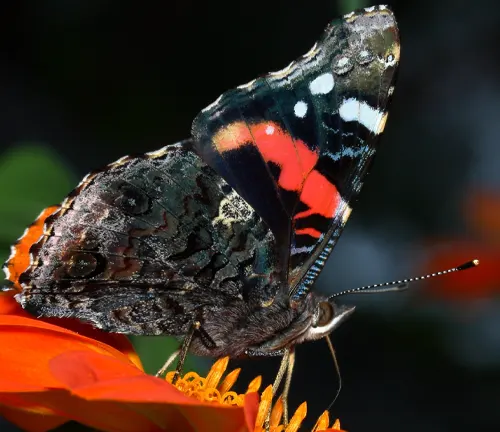
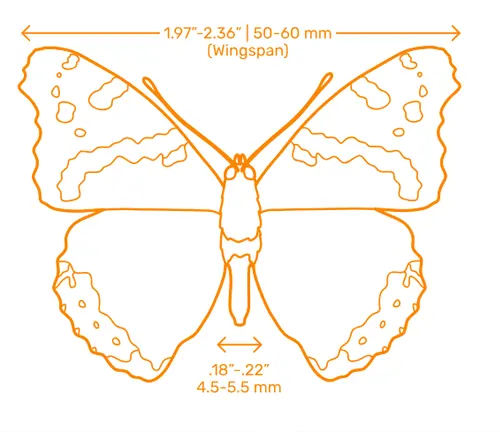
Size and Wingspan
The Red Admiral Butterfly typically has a moderate size, with a wingspan ranging from 45 to 50 millimeters. While not the largest butterfly species, the Red Admiral’s wingspan is sufficient to make it easily recognizable in its natural habitat. Despite its modest size, this butterfly possesses remarkable agility and grace in flight, allowing it to navigate various landscapes with ease. The combination of its vibrant coloration and moderate wingspan makes the Red Admiral Butterfly a captivating sight for nature enthusiasts and observers alike.
Habitat and Distribution
Geographical Range
The Red Admiral Butterfly (Vanessa atalanta) is distributed across a wide geographical range, encompassing regions of North America, Europe, Asia, and parts of Africa. Its adaptability allows it to thrive in various climates and habitats within these continents. Whether in temperate forests, urban parks, suburban gardens, or meadows, the Red Admiral can be found fluttering gracefully, showcasing its vibrant coloration and distinctive markings.
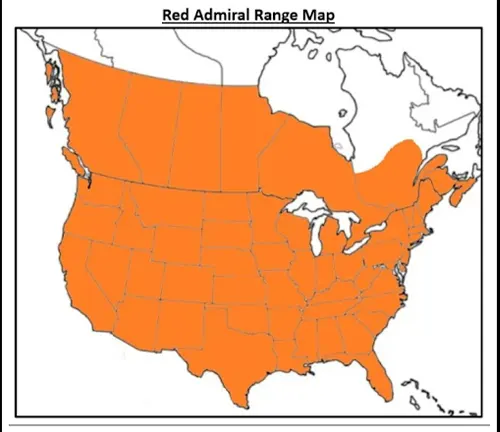
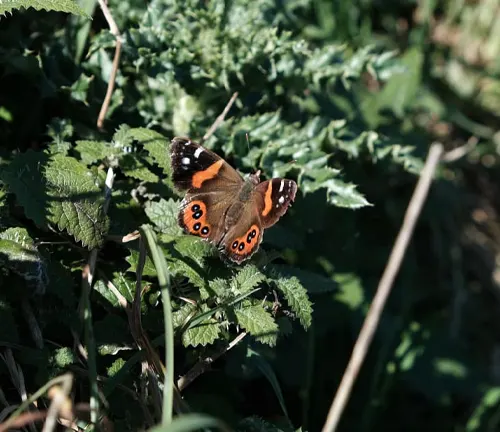
Preferred Habitats
Red Admirals display a preference for open habitats with access to flowering plants for nectar. They are commonly found in woodlands, parks, gardens, meadows, and coastal areas. These butterflies are particularly drawn to areas abundant in nectar-rich flowers, which serve as essential food sources for their adult stage. Additionally, Red Admirals often inhabit areas with suitable host plants for their larvae, such as nettles, hops, and elms. Their adaptable nature allows them to thrive in diverse ecosystems, making them a common sight for butterfly enthusiasts across a range of habitats.
Life Cycle of Red Admiral Butterfly
The life cycle of the Red Admiral comprises four distinct stages: egg, larva, pupa, and adult.
Egg Stage
The life cycle of the Red Admiral Butterfly begins with the egg stage. Female Red Admirals typically lay their eggs on specific host plants, such as nettles, hops, and elms. These eggs are small, round, and often laid in clusters on the undersides of leaves. Once laid, the eggs undergo an incubation period before hatching into larvae.

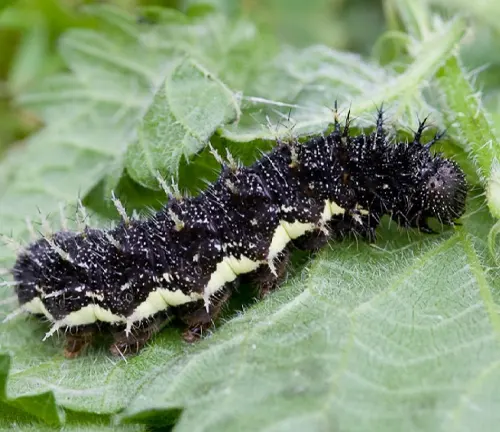
Larval Stage
After hatching from the eggs, Red Admiral larvae enter the larval stage. During this stage, the larvae, also known as caterpillars, feed voraciously on the leaves of their host plants. They undergo multiple molts as they grow in size, shedding their exoskeletons to accommodate their increasing body mass. The larvae rely on their host plants for nourishment and protection from predators throughout this stage of their development.
Pupal Stage
Following the larval stage, Red Admiral caterpillars enter the pupal stage. At this point, the caterpillars attach themselves to a substrate, such as a leaf or stem, and undergo metamorphosis inside a protective casing known as a chrysalis or pupa. Inside the pupa, the caterpillar undergoes remarkable changes, transforming into a butterfly. This stage is a period of dormancy and transformation as the butterfly develops its adult features.
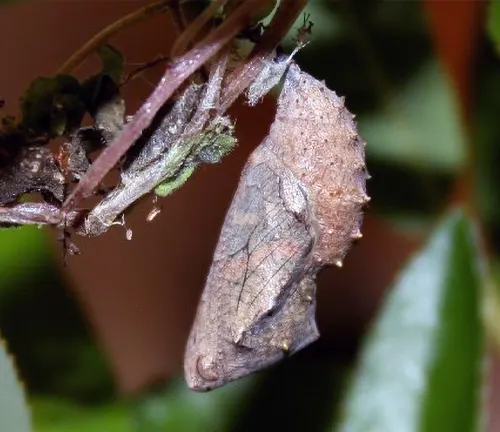
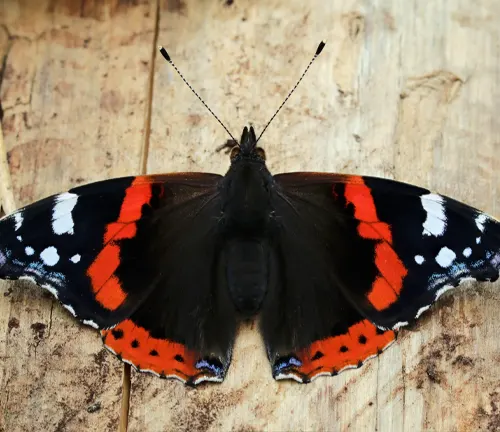
Adult Stage
The final stage of the Red Admiral Butterfly’s life cycle is the adult stage. Emerging from the pupa, the newly transformed butterfly unfurls its wings and prepares to take flight. As adults, Red Admirals primarily feed on nectar from flowering plants, using their long proboscis to extract the sugary liquid. They engage in behaviors such as mating, migrating, and seeking suitable locations to lay eggs, thus completing the cycle and perpetuating the next generation of Red Admirals.
Behavior and Feeding Habits
Migration Patterns
Red Admiral Butterflies are known for their remarkable migratory behavior, particularly in temperate regions. As temperatures drop during the colder months, populations of Red Admirals from northern regions migrate southward to warmer climates in search of suitable overwintering grounds. This migration phenomenon allows Red Admirals to escape harsh winter conditions and ensures their survival until spring. The exact timing and extent of migration can vary depending on factors such as temperature, food availability, and habitat suitability. In some cases, Red Admirals may form aggregations or “migratory swarms” during their journey, making for impressive sightings along their migratory routes.

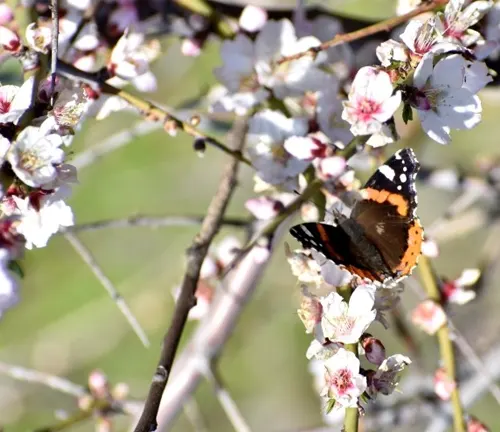
Feeding Preferences
Red Admiral Butterflies are opportunistic feeders with diverse dietary preferences. As adults, they primarily feed on nectar from a wide variety of flowering plants, using their long proboscis to extract the sugary liquid. Red Admirals are known to visit flowers such as asters, milkweed, thistles, and clover, among others, to obtain the energy they need for flight and reproduction. In addition to nectar, Red Admirals may also feed on other sources of sustenance, including rotting fruit, tree sap, and minerals dissolved in water. Their flexible feeding habits allow them to adapt to changing environmental conditions and ensure their survival throughout different stages of their life cycle.
Predators and Defense Mechanisms
Natural Predators
Despite their vibrant colors and graceful flight, Red Admiral Butterflies face predation from various natural predators throughout their life cycle. Common predators of Red Admirals include birds such as sparrows, finches, and warblers, which prey on adult butterflies during flight. Additionally, spiders, particularly orb-weavers, may capture Red Admirals in their webs while they are resting or feeding. In their larval stage, Red Admiral caterpillars are vulnerable to predation by insect-eating mammals such as mice and shrews, as well as predatory insects like parasitic wasps and ants. Despite these threats, Red Admirals have evolved several defensive adaptations to increase their chances of survival.
Defensive Adaptations
Red Admiral Butterflies possess a range of defensive adaptations to evade predators and protect themselves throughout their life cycle. One of the primary defensive mechanisms employed by Red Admirals is their ability to detect and respond to potential threats through rapid flight. When approached by a predator, Red Admirals can quickly take flight, maneuvering through the air with agility to escape capture. Additionally, Red Admiral caterpillars may exhibit cryptic coloration or mimicry to blend in with their surroundings, reducing their visibility to predators. Some Red Admirals also possess specialized glands that secrete toxic compounds derived from their host plants, making them unpalatable or even harmful to predators. These defensive adaptations, combined with their migratory behavior and habitat preferences, contribute to the survival and success of Red Admiral Butterflies in the wild.
Importance in Ecosystem
Role in Pollination
Red Admiral Butterflies play a crucial role in pollination, contributing to the reproduction of flowering plants and the maintenance of biodiversity within their respective habitats. As they feed on nectar from flowers, Red Admirals inadvertently transfer pollen from one flower to another, facilitating the process of fertilization and seed production. This pollination service provided by Red Admirals is essential for the reproductive success of many plant species, including wildflowers, garden ornamentals, and agricultural crops. By acting as pollinators, Red Admiral Butterflies help sustain ecosystems and support the growth of diverse plant communities, ultimately benefiting other wildlife and human populations that depend on flowering plants for food and habitat.
Indicator Species
Red Admiral Butterflies serve as valuable indicator species, providing insights into the health and condition of their surrounding environment. As sensitive organisms that depend on specific habitats and resources throughout their life cycle, changes in the abundance, distribution, or behavior of Red Admirals can indicate broader shifts in ecosystem dynamics and environmental conditions. For example, declines in Red Admiral populations may reflect habitat degradation, loss of host plants, or exposure to pesticides and other pollutants. Conversely, increases in Red Admiral numbers or expansions of their range may suggest habitat restoration efforts, improved conservation practices, or changes in climate patterns. By monitoring the population trends and ecological interactions of Red Admiral Butterflies, scientists and conservationists can assess the overall health and resilience of ecosystems and implement targeted strategies to protect and restore biodiversity.
Conservation Status
Threats to Population
Despite their adaptability and widespread distribution, Red Admiral Butterflies face various threats to their population viability. Habitat loss and degradation represent significant challenges for Red Admirals, as urbanization, agricultural expansion, and land development encroach upon their natural habitats, reducing available breeding and foraging areas. Additionally, the use of pesticides and herbicides in agriculture and landscaping can directly harm Red Admiral Butterflies by contaminating their food sources and disrupting their life cycle. Climate change poses another threat to Red Admiral populations, as rising temperatures, altered precipitation patterns, and extreme weather events can disrupt migratory patterns, affect host plant availability, and impact butterfly behavior. Finally, invasive species, such as non-native plants and predators, can outcompete native flora and fauna, further exacerbating the challenges faced by Red Admirals in their native habitats.
Conservation Efforts
To address these threats and conserve Red Admiral Butterfly populations, various conservation efforts and initiatives have been implemented by scientists, conservation organizations, and governmental agencies worldwide. Habitat preservation and restoration projects aim to protect critical breeding and foraging habitats for Red Admirals, including native woodlands, meadows, and wetlands. Conservationists work to establish butterfly-friendly gardens, parks, and green spaces that provide essential resources such as nectar-rich flowers and host plants for Red Admirals and other butterfly species. Additionally, efforts to reduce pesticide use and promote sustainable land management practices help minimize direct harm to Red Admirals and their habitats. Climate change mitigation and adaptation strategies focus on reducing greenhouse gas emissions, enhancing habitat connectivity, and implementing habitat management techniques to support Red Admiral resilience in the face of changing environmental conditions. Public education and outreach programs raise awareness about the importance of butterfly conservation and encourage community participation in monitoring efforts, citizen science projects, and habitat enhancement initiatives. Through collaborative conservation efforts and dedicated stewardship, we can work together to safeguard the future of Red Admiral Butterflies and preserve their ecological value for generations to come.
Interactions with Humans
Cultural Significance
The Red Admiral Butterfly holds cultural significance in various traditions and beliefs around the world. In many cultures, butterflies are revered as symbols of beauty, transformation, and the soul’s journey. The Red Admiral’s vibrant colors and graceful flight make it a particularly captivating symbol in art, literature, and folklore. In some cultures, sightings of Red Admiral Butterflies are believed to bring good luck or signify spiritual messages from loved ones who have passed away. Additionally, the emergence of Red Admirals in springtime is often celebrated as a sign of renewal, hope, and the arrival of warmer weather. These cultural associations highlight the universal fascination and appreciation for the Red Admiral Butterfly and its symbolic representation of life’s fleeting beauty and resilience.
Butterfly Gardens and Tourism
Red Admiral Butterflies contribute to the popularity of butterfly gardens and ecotourism destinations around the world. Butterfly gardens, often found in parks, botanical gardens, and nature reserves, are designed to attract and support native butterfly species, including Red Admirals. These gardens feature a diverse array of nectar-rich flowers, host plants, and suitable habitat elements such as water sources and sheltered resting areas. Visitors to butterfly gardens can observe Red Admirals and other butterfly species up close, learning about their life cycle, behavior, and ecological importance. Ecotourism activities, such as butterfly watching tours and butterfly festivals, offer opportunities for travelers to connect with nature and appreciate the beauty and diversity of butterfly species like the Red Admiral. These experiences not only support local economies and conservation efforts but also foster a greater understanding and appreciation for butterflies and their habitats among people of all ages.
Different Species
American Painted Lady
(Vanessa virginiensis)
This species closely resembles the Red Admiral in appearance, with dark wings marked by orange bands and white spots. It is found throughout North America and is known for its migratory behavior.
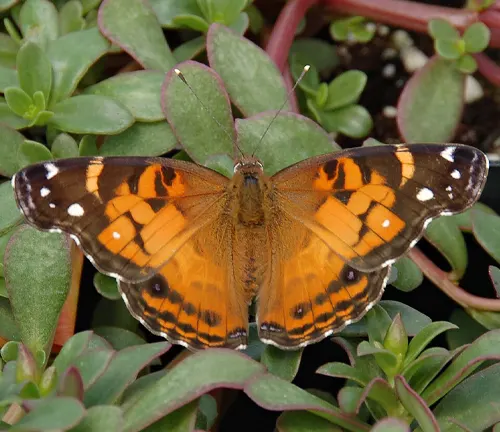
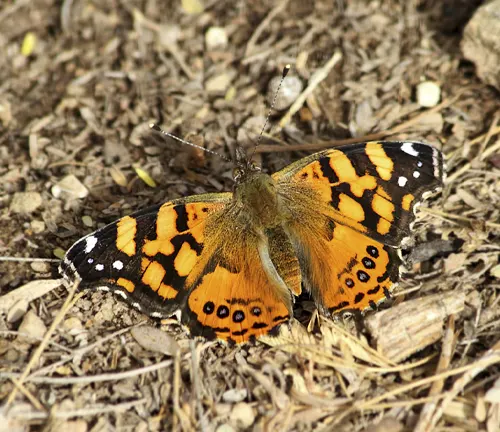
American Painted Lady
(Vanessa virginiensis)
Native to the western regions of North America, the West Coast Lady shares similar coloration patterns with the Red Admiral and American Painted Lady. It is commonly found in open habitats such as fields, meadows, and gardens.
Australian Painted Lady
(Vanessa kershawi)
Found in Australia, the Australian Painted Lady exhibits strikingly similar coloration to its North American counterparts. It is known for its seasonal migrations and can be found in a variety of habitats, including urban areas and coastal regions.
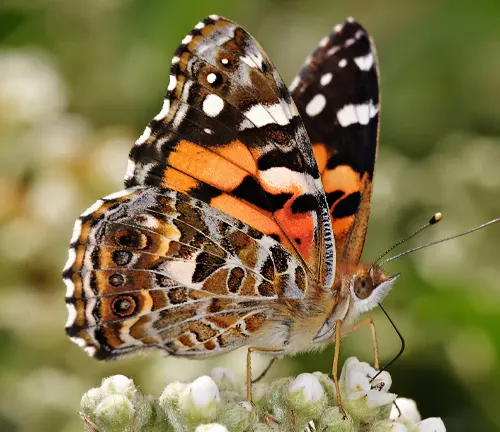
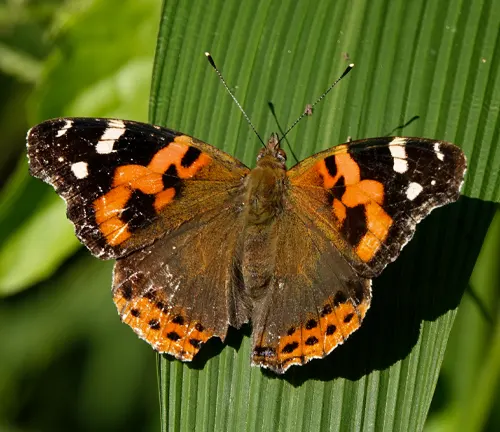
Indian Red Admiral
(Vanessa indica)
Endemic to the Indian subcontinent, the Indian Red Admiral is another species within the Vanessa genus. It features dark wings with prominent red-orange bands and is often observed in gardens, parks, and forested areas.
Frequently Asked Questions (FAQs)
- What is the lifespan of a Red Admiral butterfly?
The average lifespan of a Red Admiral butterfly ranges from a few weeks to a few months, depending on environmental factors and predators. - Do Red Admiral butterflies lay eggs on specific plants?
Yes, female Red Admirals typically lay eggs on specific host plants such as nettles, hops, and elms, where the caterpillars will later feed. - How do Red Admiral butterflies protect themselves from predators?
Red Admiral butterflies employ defensive strategies such as rapid flight, camouflage, and toxin sequestration from host plants to evade predators. - What is the significance of the Red Admiral butterfly in cultural traditions?
The Red Admiral butterfly holds cultural significance in various traditions worldwide, symbolizing beauty, transformation, and the fleeting nature of life. - Are there any superstitions or beliefs associated with the Red Admiral butterfly?
In some cultures, sightings of Red Admiral butterflies are believed to bring good luck or signify spiritual messages from loved ones who have passed away. - Do Red Admiral butterflies hibernate during the winter months?
In colder regions, Red Admirals may enter a state of hibernation, seeking shelter in protected areas until temperatures become warmer. - Are there any natural predators specifically adapted to prey on Red Admiral butterflies?
While Red Admirals face predation from birds, spiders, and insect-eating mammals, there are no known predators specifically adapted to prey on them. - Can Red Admiral butterflies be found in urban environments?
Yes, Red Admiral butterflies are adaptable and can often be found in urban environments, particularly in parks, gardens, and green spaces. - How do scientists study the migration patterns of Red Admiral butterflies?
Scientists use a variety of methods, including tagging individual butterflies with tiny tracking devices or conducting population surveys, to study the migratory behavior of Red Admirals. - What is the role of Red Admiral butterflies in the ecosystem?
Red Admiral butterflies play a crucial role in pollination, helping to facilitate the reproduction of flowering plants and maintain biodiversity in their respective habitats.




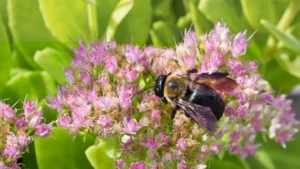


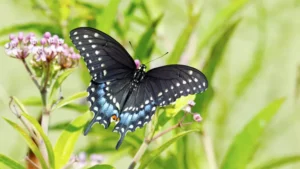
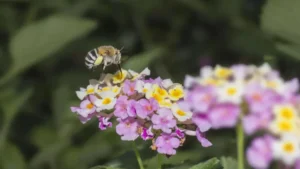

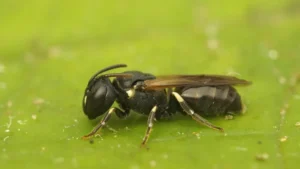
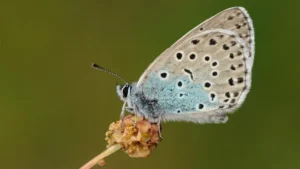
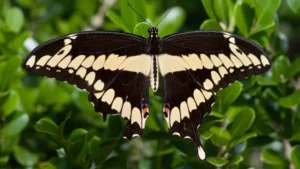

Leave your comment